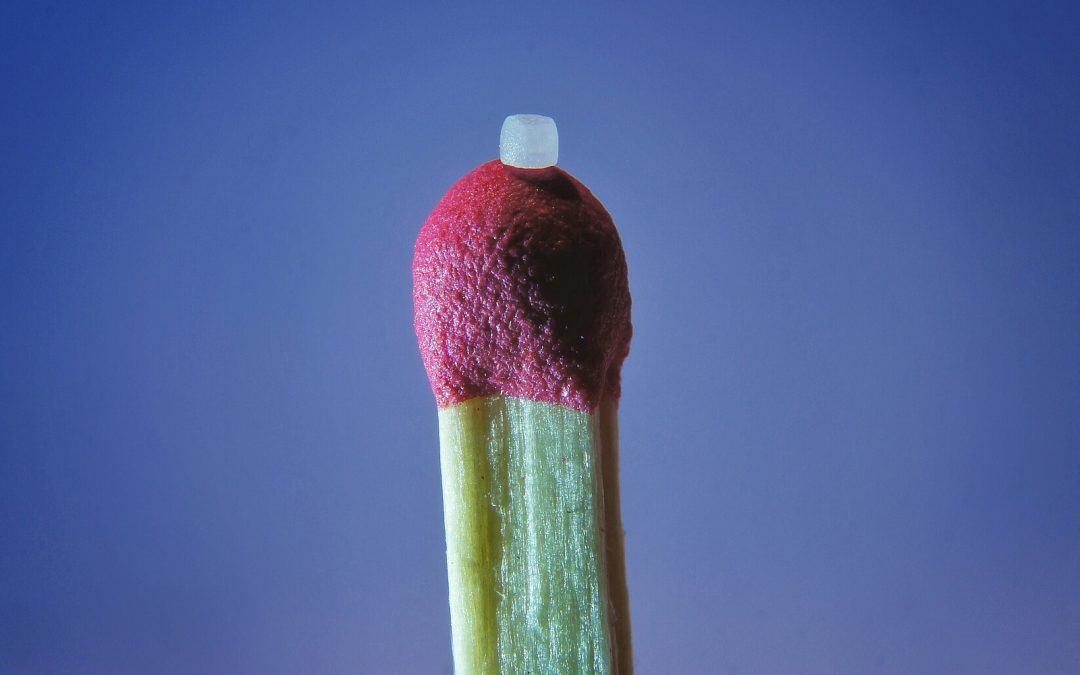Researchers out of the University of Stuttgart have discovered a way to make tiny cameras that are capable of taking incredibly sharp photos. In a new paper published in Nature Photonics, researchers describe how they’ve been able to build lenses so small that they measure up to a single grain of salt.
How can a camera this small even be constructed? Just thank the magic of 3D printing. Technology this tiny obviously has to be manufactured in a single, seamless piece. Thanks to 3D printing, any configuration of this lens that can be designed on a computer can be printed and used. This is a huge breakthrough as technology steadily moves toward miniaturization, a trend that has previously been hampered by design flaws arising when it comes to conceivable production methods.
This new production method involves using a Nanoscribe 3D printer to send laser pulses of the lens design onto strands of optical fiber and digital sensors like those in current cameras—only much smaller. The potential applications of such a miniature lens are vast. From less invasive medical imaging hardware to sensors on drones and robots, a tiny lens will find uses in everything from medicine to transportation fields.
We are likely to see these tiny lenses implemented in devices in the near future, as the production doesn’t require expensive equipment. This is a huge win for 3D printing, which has typically been derided for its less than practical uses. Now we are finally starting to see viable game-changing technology coming out of 3D printing’s unique capabilities on the small scale. 3D printing may have been initially dismissed as the latest trend that lacked staying power, but we’ve already seen its useful applications in the medical field coming to fruition.
Miniature lenses might be the start of an even more exciting trend in future technology. While it’s been the stuff of science fiction for years, the concept of “smart dust”—combining sensors, antenna and computers on the microscopic scale—is moving much closer to reality thanks to this new method of producing mini lenses.
Essentially, smart dust envisions a future in which microscopic high-tech computers are so small and so light that they can be deployed into the wind and scattered around the world to collect and monitor unforeseen amounts of data. The Internet of Things and the current Big Data wave would pale in comparison. We still may be a few years from seeing actual smart dust blowing in the wind, but lenses as small as a grain of salt are a sure sign that we’re moving in that exciting direction.
